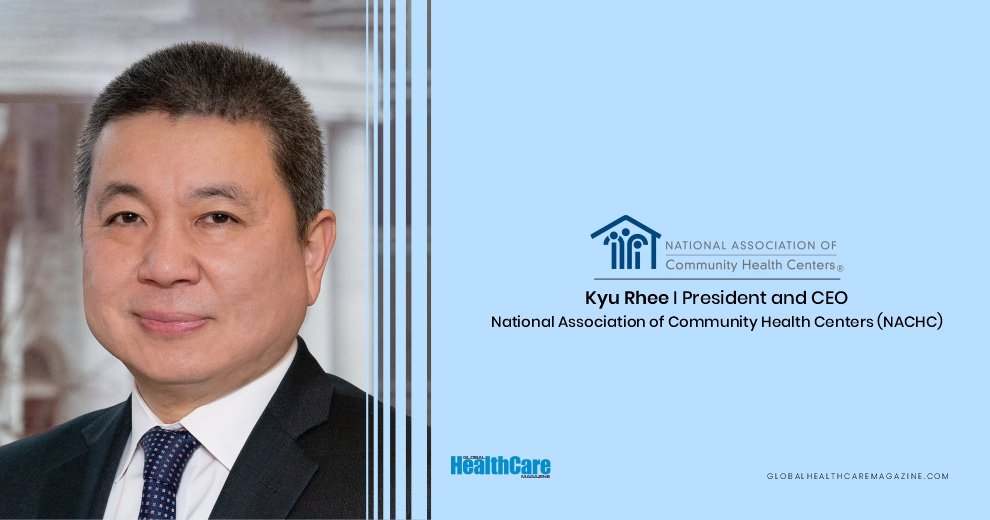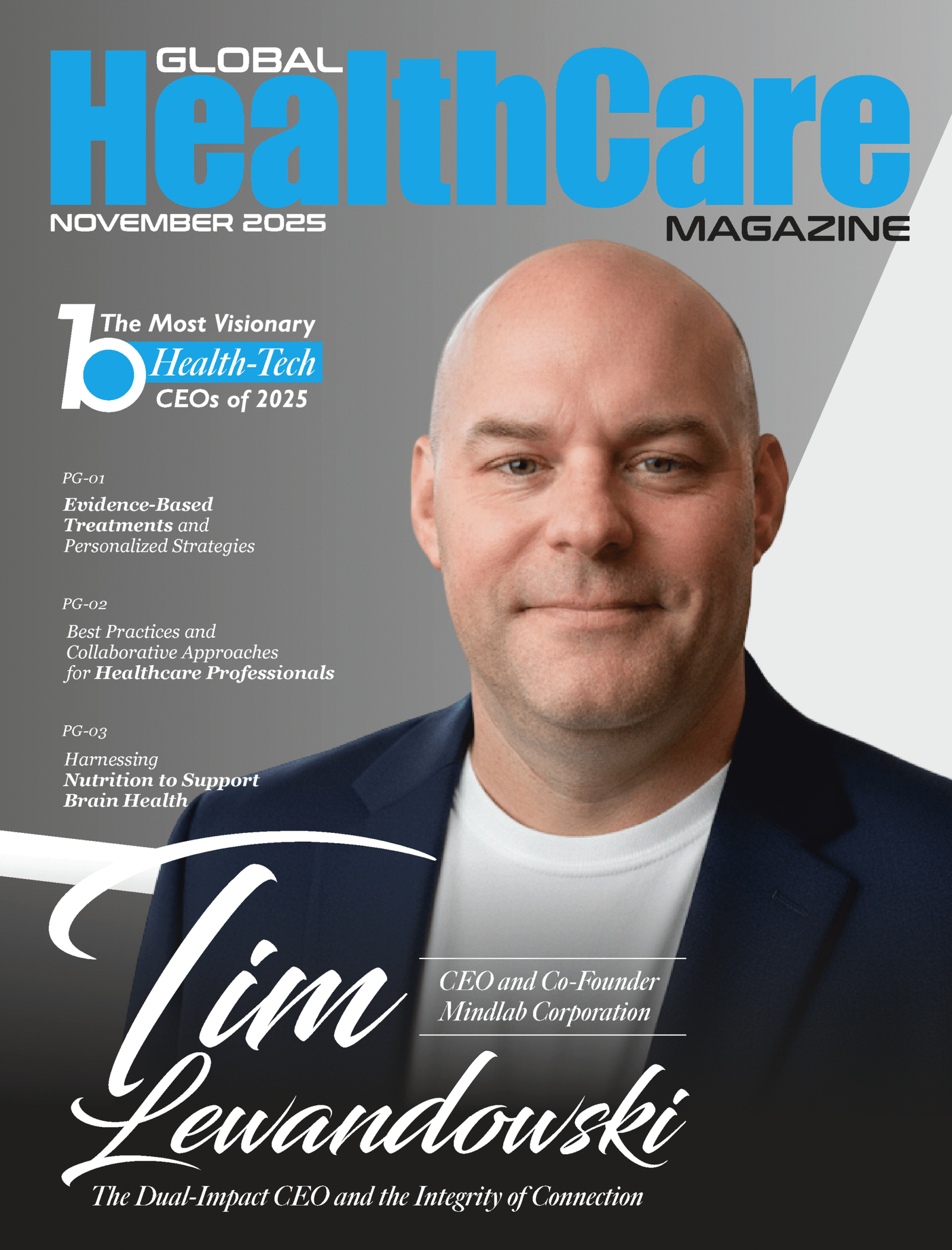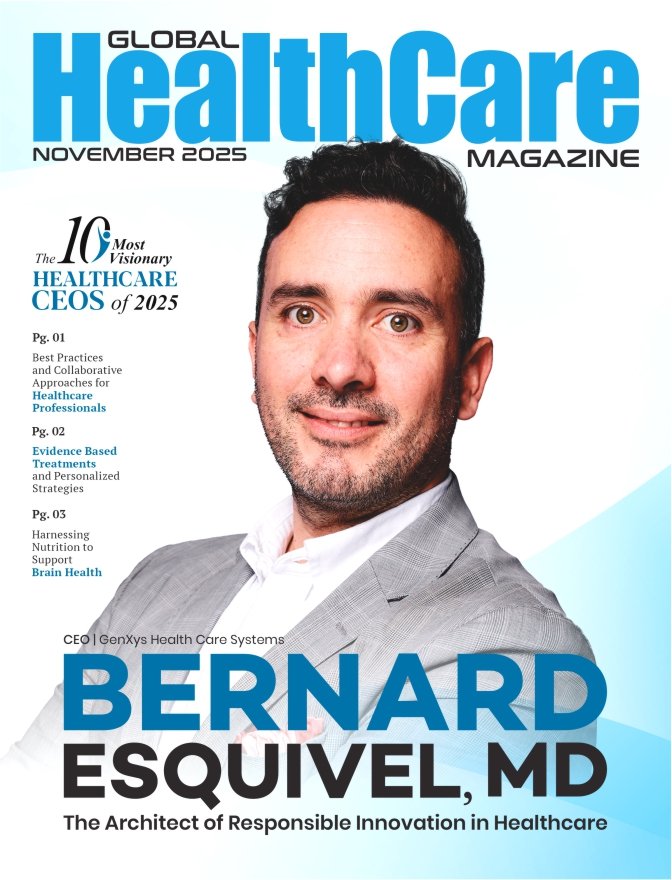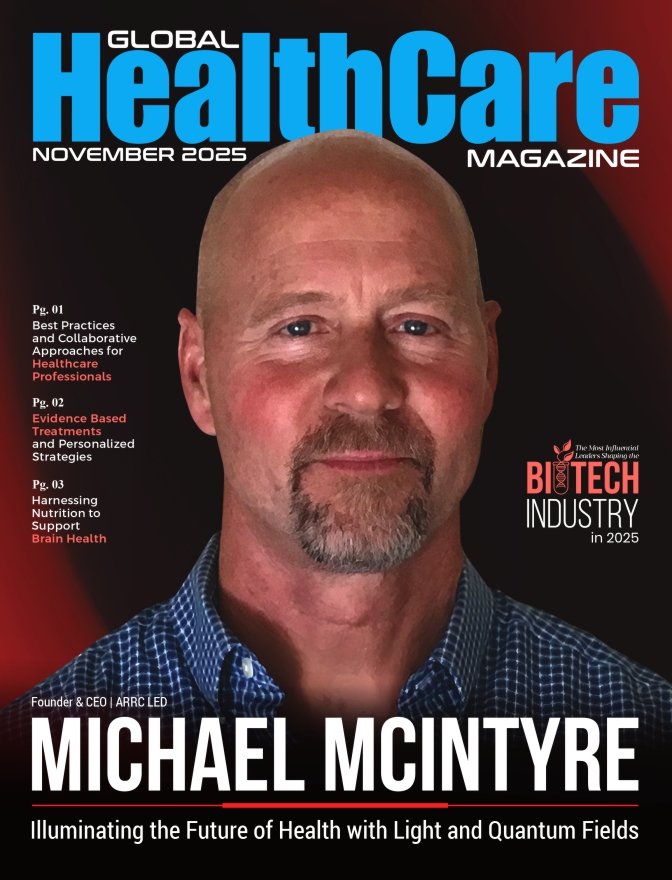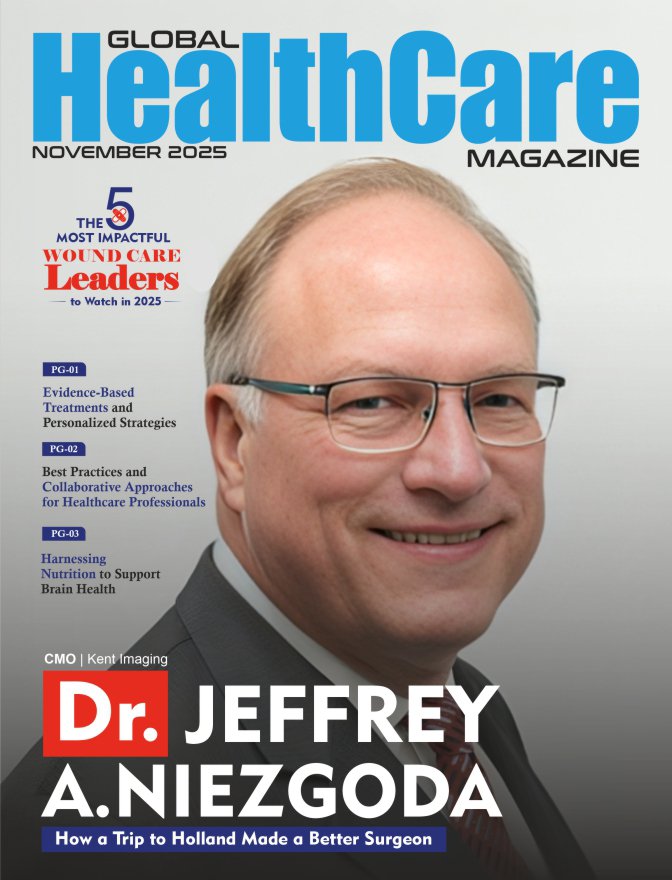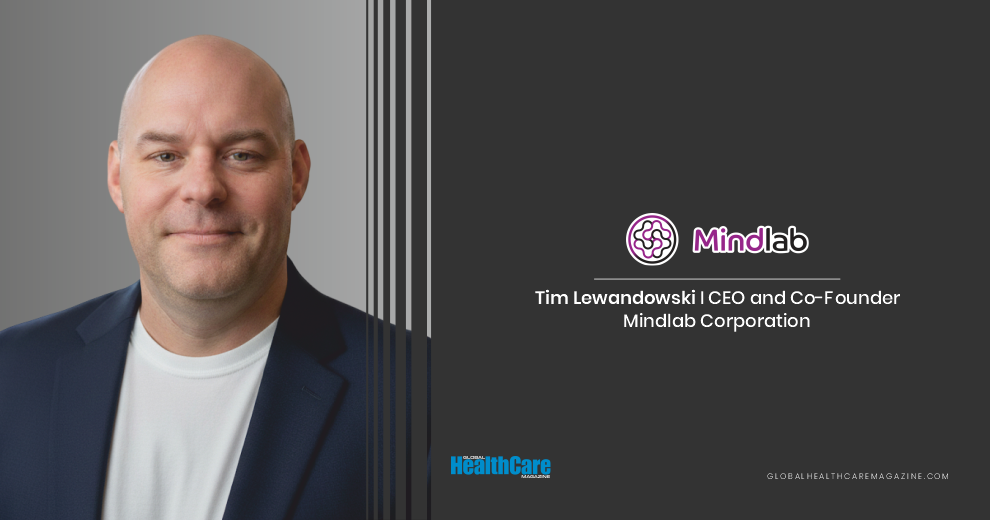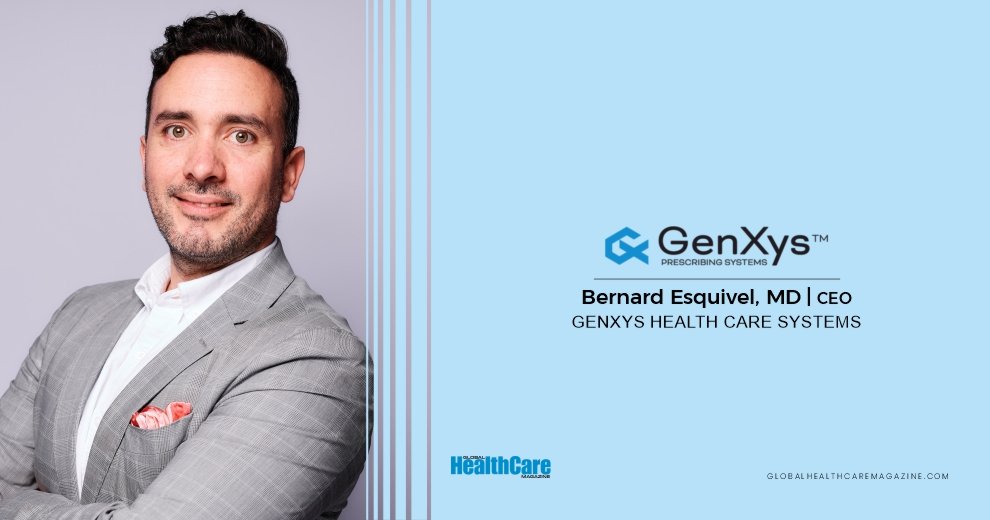The career path of Dr. Kyu Rhee (President and CEO of the National Association of Community Health Centers) does not, at first glance, make a particle of sense. It reads like a list of warring principalities, a collection of acronyms so dense and powerful it feels less like a resume and more like a map of the entire American healthcare complex. There is HHS (Health and Human Services) and NIH (National Institutes of Health), the twin suns of public health policy and research. There is IBM, the mountain kingdom of data, analytics, and artificial intelligence. There is CVS/Aetna, the vast, continent-spanning empire of private insurance and pharmaceutical delivery. And then, at the beginning and now at the end—or, perhaps, the culmination—there is the CHC (Community Health Center).
It is a strange and winding path, one that seems to move in opposing directions, from the nonprofit world to the public sector, then deep into the heart of corporate America, and now back to the nonprofit world again. It is a journey that seems to defy the normal logic of a career, which is usually a straight, upward climb on a single ladder. Kyu Rhee’s path looks more like a grand tour, a deliberate pilgrimage to every seat of power in the health ecosystem.
You look at this list, and you have to wonder: Who is this person? Is he a private-sector titan, a public servant, a tech visionary, or a community doctor? The answer, it seems, is yes. And in that “yes” lies the entire story. Rhee isn’t just a leader; he is a translator, a man who has made himself fluent in every language of health. He is a Rosetta Stone in a suit, and he has just brought his entire library of knowledge back to the place where he started: the neighborhood clinic.
The First Language
To understand the zig-zag, you have to understand the starting point. Before the corporate titles, before the government service, Kyu Rhee was a doctor. Not just any doctor, but a National Health Service Corps physician, the kind who deliberately chooses to work in the places with the greatest need. He was the Chief Medical Officer for community health centers in the Washington, D.C./Baltimore area, which is to say he worked at the precise intersection of policy and human suffering.
This is the ground floor. This is the world of “regardless of ability to pay.” It’s the world of Medicaid paperwork, of patients who are uninsured, of communities where the zip code is a more accurate predictor of health than the genetic code. In the CHC, you don’t just treat hypertension; you treat the life that causes the hypertension. You treat the lack of fresh food, the unsafe housing, the chronic stress of poverty. This was Rhee’s first language. It is the language of “yes, we will see you.” It is the language of the mission. And it is a language he clearly realized was not spoken in the wider halls of power. So, he went to learn.
Learning to Speak “System”
You can imagine him in the clinic, realizing that the solution to his patients’ problems wasn’t just a new prescription; it was a new policy, a new technology, a new payment model. He couldn’t fix the system from inside that one clinic. So, he left.
His tour began in the public sector, at HHS and NIH, right when the Affordable Care Act was changing the architecture of the sky. This is where you learn the language of policy and scale, how a single federal rule can change the lives of millions. But policy is slow. So, he went to tech.
For a decade, he was the Chief Health Officer at IBM. This is not a normal stop for a community doctor. This is where you learn the language of data, analytics, and AI. He was suddenly responsible for how a global technology giant thought about health, how data could “transform” the very systems he once worked within. He was learning, in essence, the language of the future.
And then, the most baffling move of all: he went to CVS/Aetna. He became the Chief Medical Officer, leading over 1,500 health professionals, responsible for the clinical solutions for 65 million people. This is the “belly of the beast” for many public health idealists. This is the land of the payer, the place where the rules of money and reimbursement are written. He was learning the language of capital.
This isn’t selling out. This is infiltration. This is a man systematically, patiently, and deliberately learning to speak the language of every single entity that holds power over the life of that one patient he used to treat in Baltimore.
The Full Circle
And now, he is back. In 2023, he took the helm of the National Association of Community Health Centers (NACHC), the advocacy organization for all 17,000 clinics that make up the nation’s health safety net. He has come full circle, but he is not the same man who left. He has returned to his first language, but now he is fluent in four others.
When he sits down with a senator, he can speak the language of HHS. When he meets with a tech CEO, he can speak the language of IBM. When he negotiates with an insurer, he can speak the language of Aetna. And when he visits a clinic, he can speak the language of a doctor.
This is why he is, perhaps, the most interesting FQHC leader in the country. He is not just advocating for community health; he is building the bridge to it. He is the man who can connect the vast, abstract, and powerful worlds of data, policy, and finance to the concrete, human, and often-overlooked world of the local clinic.
NACHC’s mission is audacious: to grow from serving 52 million people today (one in seven Americans) to serving “up to 1 in 2” by 2045. This is not a dream of incremental change; it is a vision of a total redesign, where the community health center moves from the margins to the absolute center of American healthcare. To do that, you don’t just need a leader with a good heart. You need a leader who knows exactly where all the levers of power are, and who, for twenty years, has been quietly learning how to pull them.
Also Read: The Five Most Influential FQHC Leaders to Watch in 2025

